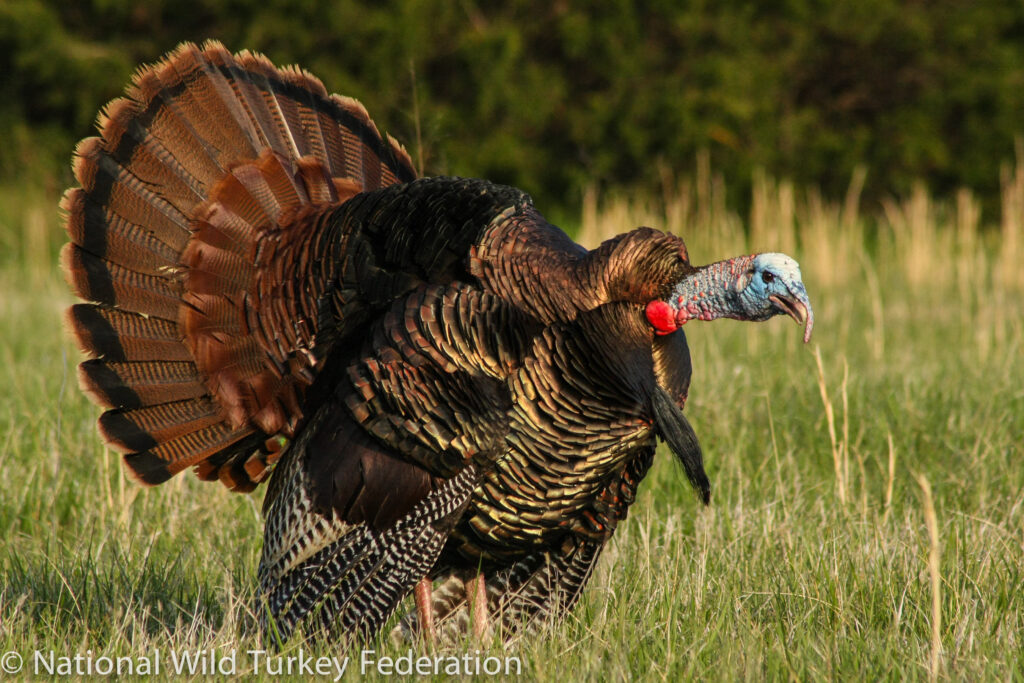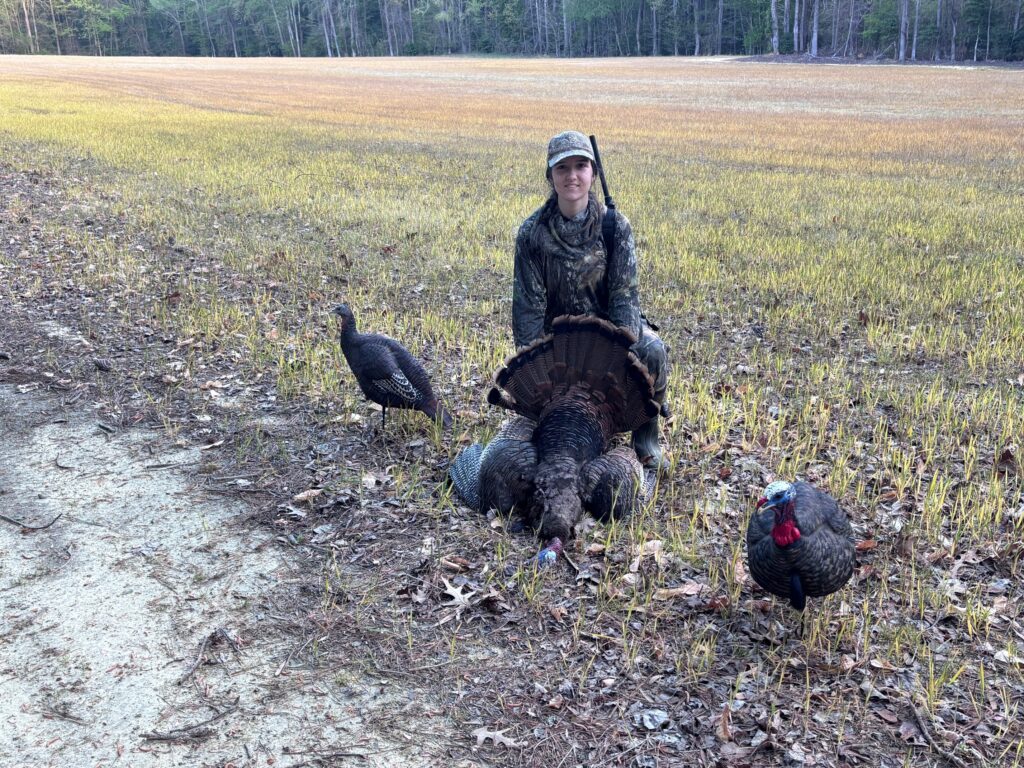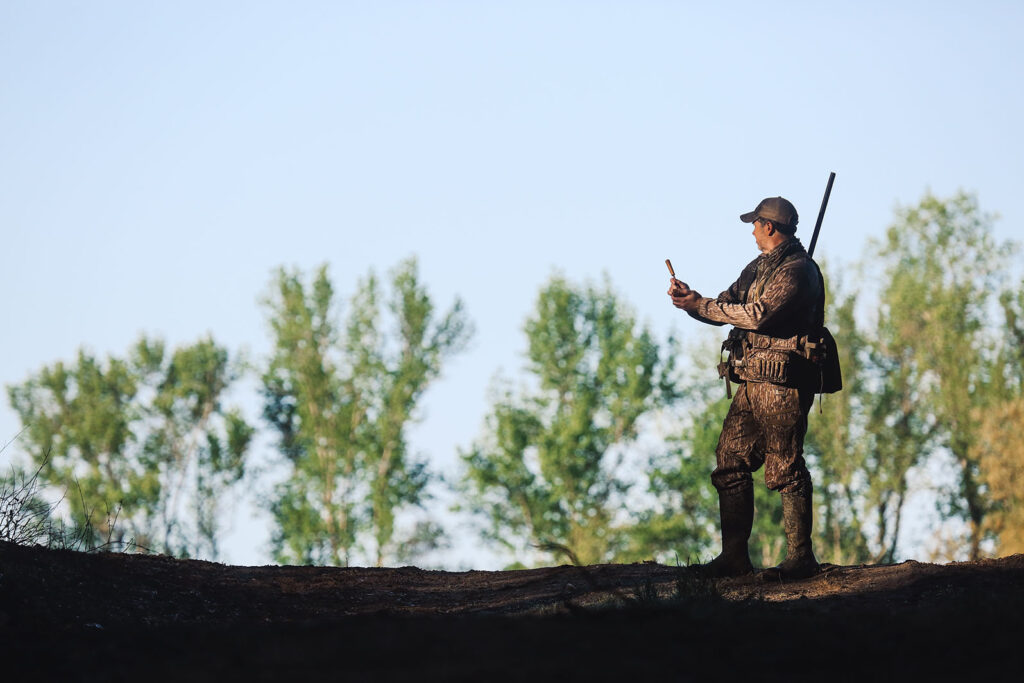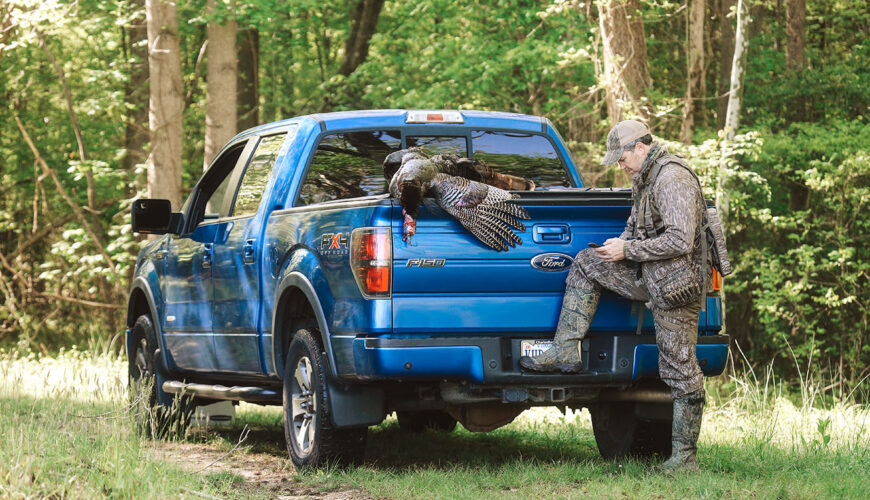Tactics
Trail Camera Strategies for Whitetails
October 30, 2025 •Doug Howlett
DST Ends November 2, 2025. The iSportsman system may experience technical difficulties at this time. View system updates here.
April 10, 2025
Opening morning of turkey season feels like Christmas with a shotgun. You’ve waited all winter for it, spent countless freezing January and February evenings dreaming about it, tuning calls and buying more camo you don’t need. But if you think showing up at o’ dark thirty with a tight-choked scattergun and high hopes is enough to drop the hammer on a longbeard, you’re seriously fooling yourself.
Opening day is going to be your best shot at a tom that hasn’t yet been educated by bad calling, sloppy setups or forest-clearing pressure. He’s hopefully fired up. He’s as prone on this day to make a mistake as he’ll be all season. And if you play it right, he’s making his last one.
Here’s how to do it.
You want to kill a turkey at daylight? You better know exactly where he goes to bed. Start roosting birds two or three days before season. Get there an hour before dark and let the woods settle. Listen. Don’t call. You’re not trying to talk him into anything—just figure out which limb he plans to sleep on. Be there the next morning, too. Park far and hike in early. Listen for gobbling, wing flaps and fly-down cackles. He’ll probably have hens around him. It’s early season so he may likely even have other gobblers around. You’ll have to sort that out, but that’s a whole other tip. Let’s stick with this one for now. Note where he pitches down, which direction he heads and what terrain he favors. Does he hang in the woods awhile or does he march to a nearby field where he can be seen strutting? That’s your playbook.
Pro tip: Don’t walk into a roost site like a linebacker. Hang back and watch from a distance. It’s early season so the woods may not have leafed out yet meaning he can see you pretty easily, too. Can’t see him? Then listen. Hearing where one is gobbling from is as good as seeing him right now. Don’t do anything to alter his habits before your opening day opportunity.

Know where a gobbler wants to go and be there before he is. NWTF Photo
Just because a tree looks comfortable doesn’t mean it’s the right spot. Gobblers have places they want to go—typically strut zones or feeding areas—and hens usually lead the way. Your job is to be in that path before the sun crests the ridge. Scout for scratchings, dust bowls and tracks that show a clear morning pattern. If you actually get to see birds on their morning routine, all the better. Setup where you’ve got visibility, a good backstop to break up your outline and enough cover to keep you hidden, but not so much that you can’t adjust your aim if needed. And if the bird flies down and heads the other way? Back out. Circle wide. Get in front of him quietly. Opening morning’s no time for laziness.
You don’t need a spread that looks like a 4-H poultry exhibit. Early season birds are keyed in on hen activity. A single upright or feeding hen decoy is often all you need, especially in hardwoods. If you’re hunting open fields and know there’s competition, add a jake decoy to spark dominance. Many hunters swear by the jake/hen setup, while more are increasingly leaving the full strutter in the truck. It freaks some birds out, especially out West where Merriam’s generally seem a little more timid than Easterns. Place them close—no more than 20 yards from your setup—so when a gobbler hangs up, he’s hopefully still in range.

A simple decoy spread consisting of a jake and a hen is all most hunters need for success. Doug Howlett Photo
That gobbler hammering on the limb? He’s not calling for backup—he’s advertising to hens. You want to act like one, not a calling contest competitor. Start with soft tree yelps. Maybe throw in a fly-down cackle with a wing- or hat-flap against your thigh. Once he pitches down, use a few clucks and purrs—then go quiet. The idea is to make him hunt for you. Real hens don’t typically yelp every 10 seconds. The less you say, the more curious he gets. If you play it right, he’ll strut in looking for the girl who played hard to get.
If your sunrise setup falls apart, don’t pack it in and give up. Stick it out. As the morning wears on, hens peel off to go sit on nests, and gobblers start looking again. That’s your window of opportunity. Hit logging roads, ridge tops and field edges with soft calls every couple hundred yards. If one gobbles, drop right there and get ready. Late morning gobblers are some of the easiest to kill—because they’re lonely, quiet and looking to close the deal. And they often come in fast. I’ve seen more midday setups over before they started because a hunter (sometimes me) tried to close the distance or couldn’t figure out where to setup after striking a gobble. The turkey suddenly went silent? Odds are he came in quicker than you realized, spotted you and headed for Dodge, and you were none the wiser.

Opening day is the day most turkey hunters live for. Make a plan and make it count. Buzz Hayes Photo
Final Shot
Opening day only comes once a year. Make those dreams come true. If you’ve scouted right, kept your calling sharp and ready to make smart setups, you’ll tilt the scales in your favor. And once that first bird is on the ground, the pressure is off and you can truly enjoy the rest of the season knowing you dropped at least one bird for the year. Leave the luck to lottery players. Opening morning belongs to those who earn it.
